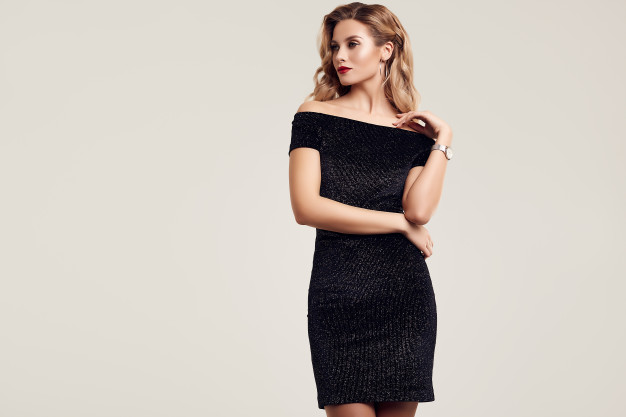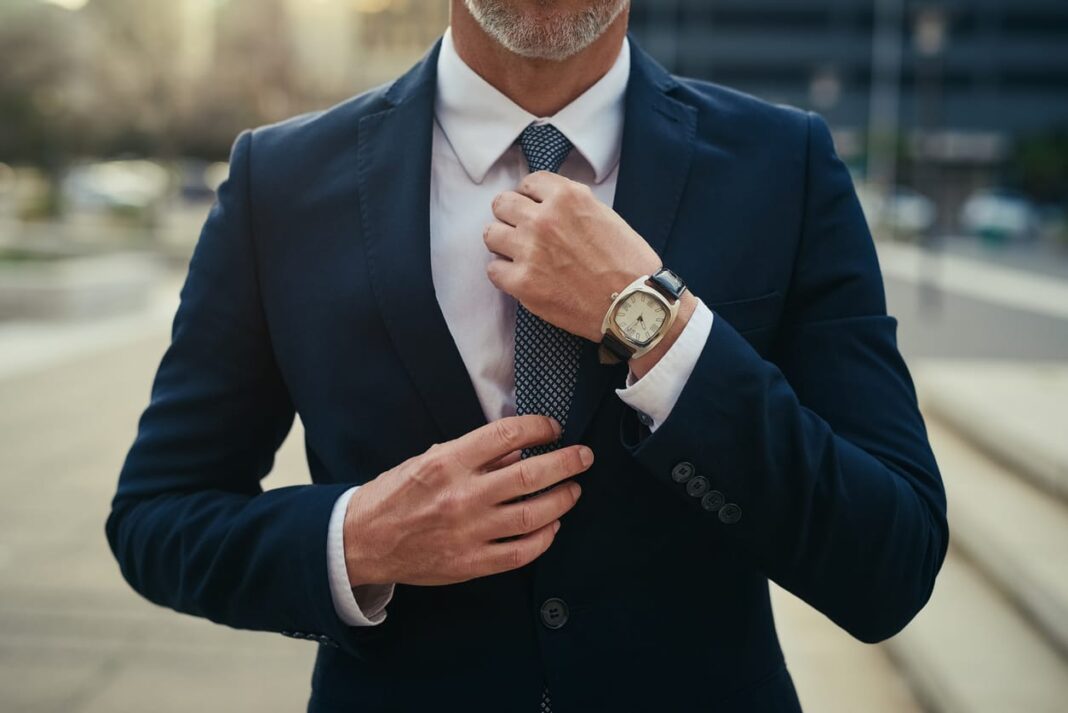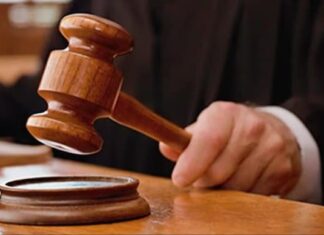If you are browsing on your safari, “What to wear to a court meeting?” You likely have an upcoming court date. At some point in your life, you will have to appear before a judge. There are hundreds of missions cases filed per annum in state trial courts and 400,000 in federal courts.
Whether you are fighting for racial discrimination or a speeding ticket, it is essential to note that to dress following the sanctity of the court. Good thing because this article will be your guide on how to dress appropriately in a court. Here are the tips:
Why is it Important to Dress in Court?

When you are in a court, a seasoned, intelligent, and reliable attorney can win you a case in an extraordinary fashion. Having said that, it is not right to rely everything on your attorney even though they understand your case more than anyone else.
You must also have to play your part. The judgment will start even before the judge arrives at the courthouse. If there is a jury, they will look at you from head to foot. From your body language, facial expression, and right down to what you wear, it can influence the verdict you get. And that is why it is way too important to dress appropriately for court.
You do not have to invest in an expensive and flashy new suit. However, you should wear something decent, presentable, and formal. The way you dress should be well put together to show that you are taking the sanctity of the court proceedings seriously.
Rules for Dressing in Court
Nobody wants to be judged just on appearance alone. That is just straight-up unjust. But in the premises of a courtroom can be an acceptable exception. Your appearance may contradict or prove a claim of your attorney, which can be crucial at times. To prevent dressing wrong in the court from happening, here are some rules for dressing in court:
1. Keep it professional

Always dress as if you are in a corporate meeting. Women lawyers and clients should consider wearing a dress, skirt (not miniskirt), pantsuit, and shirt. Clients should never wear any shorts, T-shirts, keychains, or hats. They must also empty their pockets so that they cannot make noise and draw attention.
Also, always follow the dress code of the court you are in. Different states and countries have different interpretations of a “formal” outfit, so you need to note that.
2. Make sure to dress neatly and wear perfectly fit clothes

The golden rule, zeroth law, the first rule of the thumb, whatever you call it, please keep in mind that you need to choose an outfit that must look clean, neat, and fits your body perfectly. No need to buy a new one but rather make sure to meet the criteria mentioned. Some courts have a mandated dress code which makes it easier to pass the appearance judgment. All you need to do is just follow the dress code.
Clothing fit is way important than you imagined. Both your top and bottom outfit must not be too big or too small. If the clothing is too loose, it may be perceived as lousy or informal, and if your clothing is too tight, it may look too modern, which some verdicts and judges are allergic to. Moreover, bring your suit to a dry cleaning expert, like Liox, to ensure it is neat and tidy. Overall, if your clothing is not the right fit, it may undermine your credibility.
3. Get a trim

The hairdo of a criminal is often generalized as colored, long, untrimmed, mohawk, and swaggy. Even though open-minded people are nowadays, it is still instilled in their minds to make an impression based on their appearance. That is why having a formal haircut is a must when you are in a court trial.
Best examples are barber cut, Asian spikes trimmed cut, deep fade cut, side combed look, neat slick back hairstyle, and short pompadour.
Hair grooming can present a positive first impression. Clean your hair and clothes before going to the court, brush, and formally style your hair. Refrain from punky, street look, and pop culture hair designs. Consider a neat haircut, and trim or lose the beard before making an appearance in the court.
4. Wear minimal accessories

Always keep it simple. You are on the court to prove your innocence, not your wealth. Sometimes wearing excessive jewelry can have a bad impression on the eyes of the judge or verdicts. Always refrain from wearing bulky earrings, necklaces, and bracelets. If you are married, just wear your wedding ring alone. Scarves and patterned shoes are also discouraged.
5. Smart look is okay

It is consistently proved and tested via a sociological physiology study that people who wear glasses, bifocals, and trifocals are perceived to be more intelligent, innocent, successful, and hardworking.
In line with that, it is quite a feat while in court because glasses can seemingly change your appearance and give the impression of innocence and intelligence. But there will always a but in this type of physical appearance perception. For white-collar cases, an accused individual who wears glasses can be perceived as a fraud master, scammer, embezzler, or any related white-collar crime. A judge may see you as an intelligent individual who maneuvers all the accused white-collar crimes.
Final Thoughts
Wearing wrong or inappropriate clothing in court can indeed be a significant factor in a trial—this applies to a client, witness, or lawyer. While in a court, dressing the right way includes being aware of the mandated dress codes and knowing the musts (and must not). A dress code is an absolute thing, and no one is exempt, and that is why it is must be followed all the time.
Now that you know the rules on how to dress in court appropriately, you can now face the verdicts or judge with a straight face and lawfully settle everything. No matter how big or small the case, always respect the rules of the court. Suit up!














